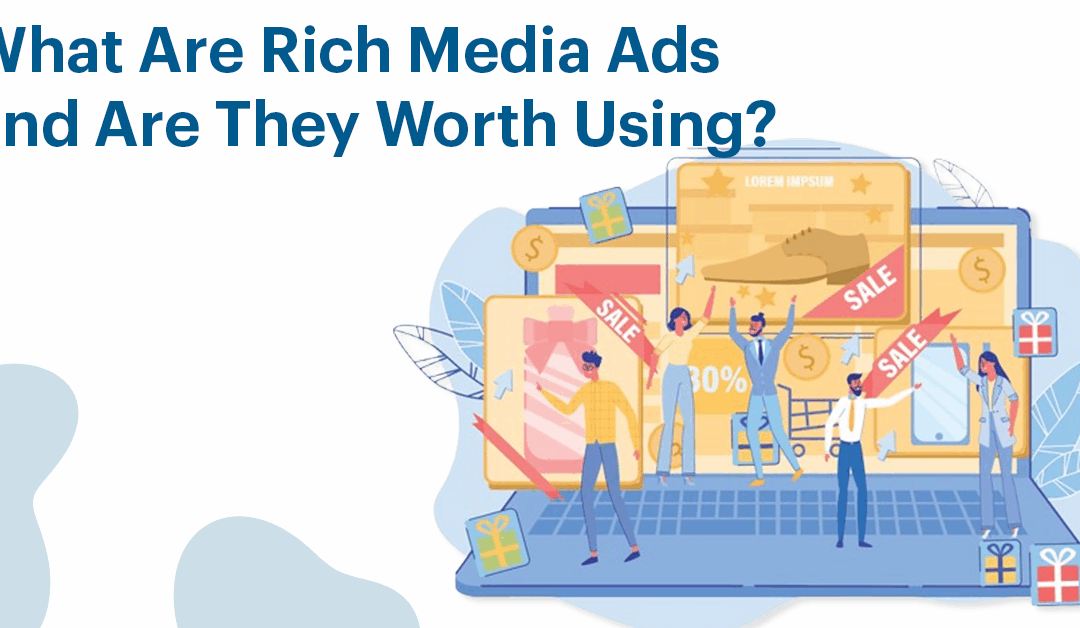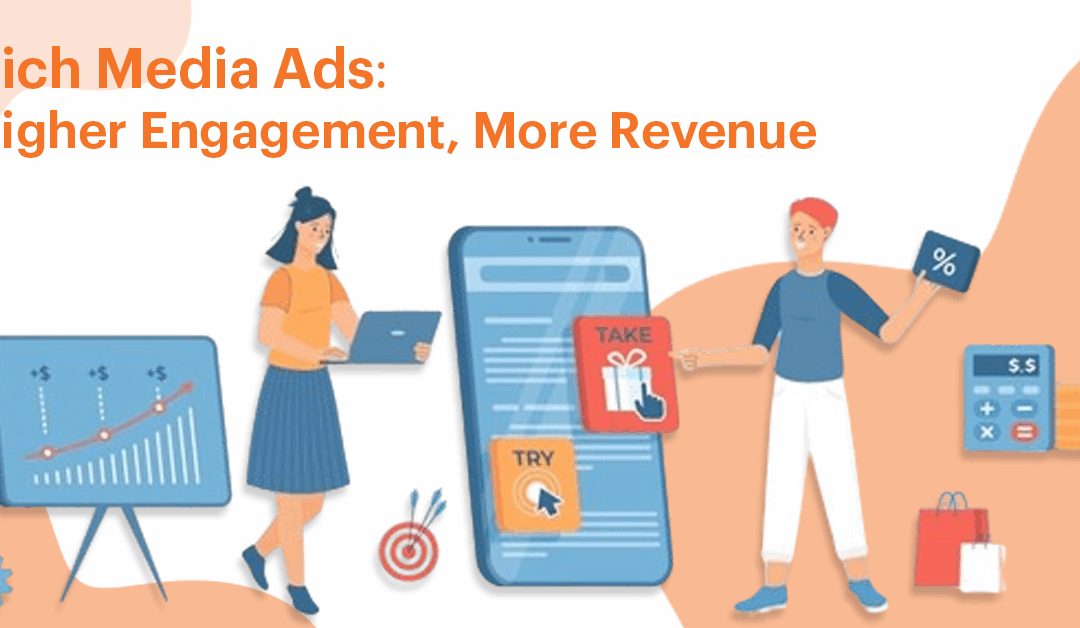In today’s fast-paced digital world, grabbing consumers’ attention is more challenging than ever. Static ads often need help attracting users, leading marketers to look for new ways to engage consumers. One of these solutions is the interactive ad, a dynamic advertising style that promotes participation and engagement.
What Is An Interactive Ads?
Interactive ads encourage users to actively engage with the content instead of just watching. By enticing people to participate in these advertisements, they provide a more engaging experience, frequently leading to a better engagement rate and better performance metrics for conversion. Interactive advertisements can come in various shapes, like video ads, interactive displays, and gamified ads. All are intended to stimulate user participation.

Main characteristics of interactive ads:
User Engagement: In contrast to conventional ads, interactive advertisements need interaction by the user by tapping, swiping or responding to questions.
Immersive Experience: Through the integration of audio, video audio, animations and so on, the ads offer a more immersive experience.
Data Collecting: Interactive ads collect valuable data from users from interactions. This data could be used to improve the strategies for targeting and enhancing future ads.
Types of Interactive Ads
Interactive Video Ads
It let viewers interact with the content instantly. Users can interact with various aspects of the video, like product hyperlinks, polls, ad-hoc information, or other details. A cosmetics manufacturer could make an online video advertisement where viewers click on different cosmetics featured in a video tutorial. This will lead them to purchase alternatives.
Engagement with the brand can result in greater retention rates as people are more likely to remember brands when interacting with its material. Platforms such as YouTube and social media sites frequently use interactive video advertisements to increase the engagement of viewers and increase the number of clicks.
Interactive Display Ads
In traditional banner advertisements, interactive display ads often include games, animations, and other interactive elements. They allow viewers to engage with the material, for example, turning a picture of a product by selecting a selection or taking a short assessment linked to the ad’s message. A car company could use an interactive display that allows users to alter their vehicle’s colours and other features within the advertisement and increase engagement with the ad.
The dynamic nature of these ads can help draw viewers’ attention and may result in higher click-through rates. This makes an excellent element of any digital marketing plan.
Gamified Ads
Gamification is an increasingly popular concept for interactive ads, in which companies create mini-games for their customers that they can participate in. They often include incentives or rewards, encouraging players to engage more with the company. A snack food business could develop games where players “catch” falling snacks for points. The game also includes the leader board and prizes awarded to the highest scores.
Offering discounts or other incentives as a reward for participating in the game or the test, gamified advertisements are not just entertaining for users. Still, they will also build a positive association with the company, leading to a higher conversion rate.
Best Practices for Creating Interactive Ads
Maintain simplicity: Although interactivity is essential, user experiences should be straightforward. Intimidating interactions can cause anger and even disengagement.
Establish clear objectives: Before designing an interactive advertisement, establish clear goals. If the objective is to generate leads, sell, or increase brand recognition, the focus of the objective will be to direct the advertisement’s style and message.
Always test and optimize: trying out these ads is vital. Monitoring user behavior and engagement metrics will assist in identifying areas of improvement, which will lead to better-performing advertising campaigns.
Mobile compatibility: The ads must be made mobile-friendly to ensure that users can browse content via mobile devices online. Responsive designs ensure a smooth and consistent experience on any device.
Conclusion
Interactive ads are a powerful tool for capturing attention in today’s fast-paced digital landscape. By fostering user engagement, creating immersive experiences, and collecting valuable data, these ads drive better performance and deeper connections with audiences. Whether through video, display, or gamified formats, interactive ads provide a dynamic way to stand out and enhance brand recall. By following best practices and prioritizing mobile compatibility, businesses can harness their potential to deliver meaningful results.




